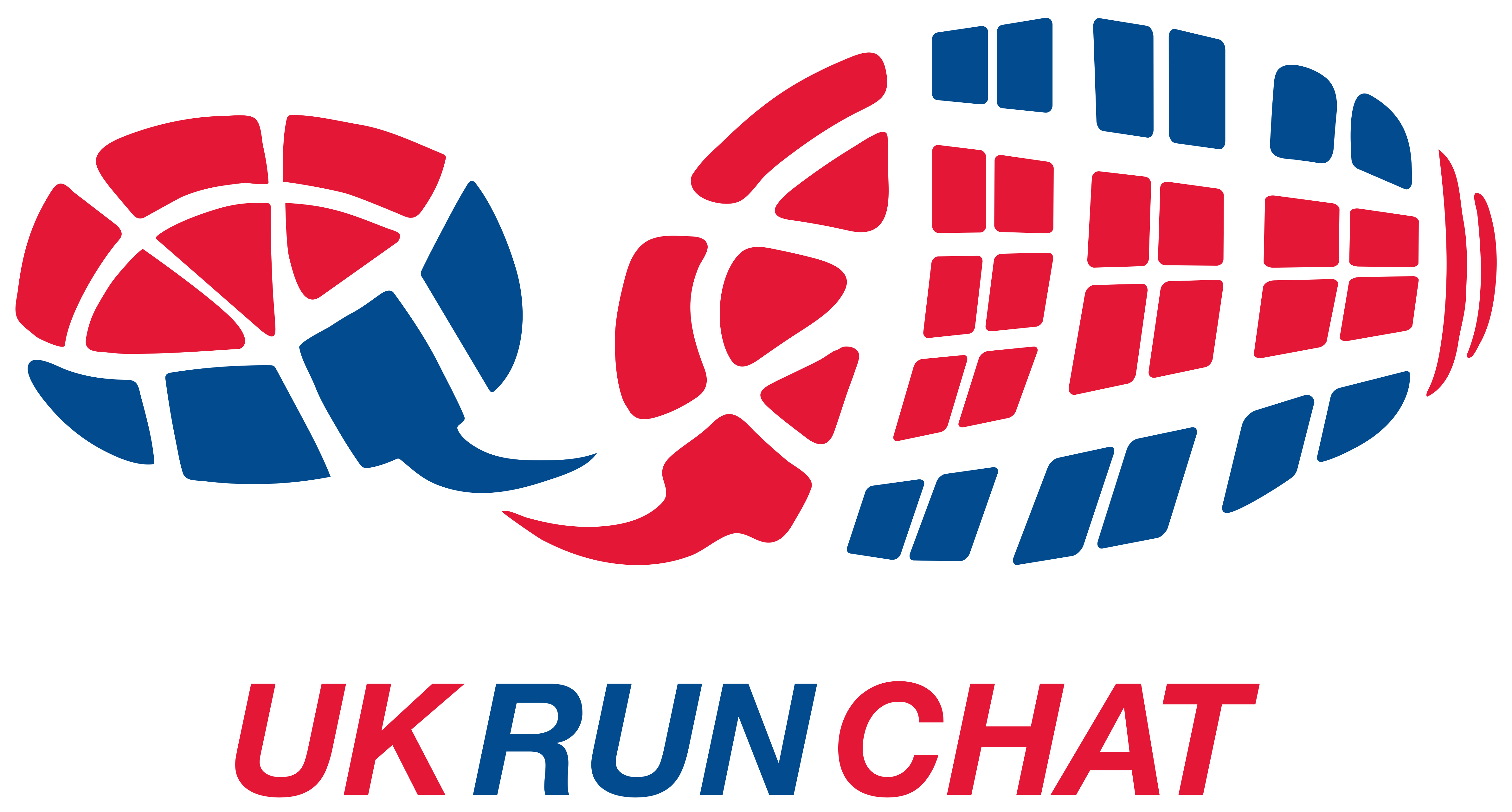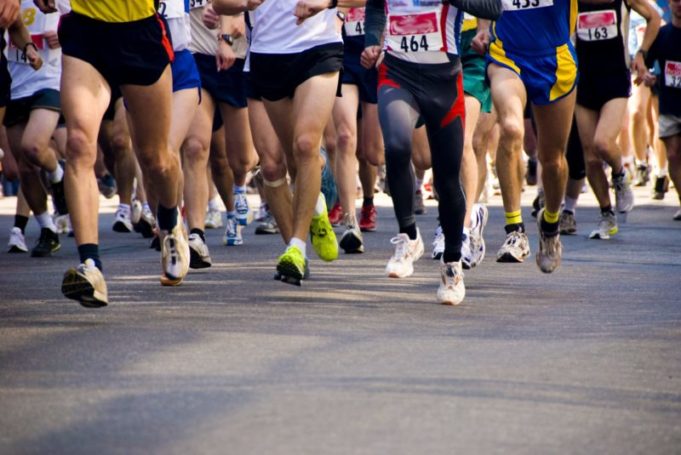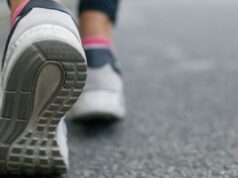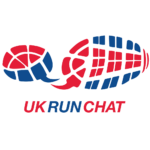There is a whole world of running lingo that can be a bit confusing so we have put together a glossary of terms for you.
We are sure that both beginners & those that have been running for a long time will all learn something from this.
Enjoy!
ALL
In UPPERCASE always, and used as a way of quantifying how tired (I want ALL the sleep), hungry (ALL the food) or alcoholic (ALL the booze) you are.
Ballot
A method of entry for the largest races including the majors (see majors). Causes a lot of angst, especially London as it has a very small number of ballot entries compared to the amount of people who apply, and takes months to inform the successful applicants.
Bling
Your running medal for the race.
C25K (Couch to 5K)
C25K plan is designed to get just about anyone off the couch and running 5km in nine weeks. To be followed by C210K (Couch to 10K).
Cadence
Steps per minute, based on height, weight, leg length, normally between 150-200 steps per minute.
Carbloading
The strategy of eating carbohydrate heavy meals before race. A true carbloading strategy should start 10 days or more before the race, dropping carbs and upping protein levels in meals so when you eat the carb heavy meals before the race your body holds onto the energy. See ALL.
Chafe
Rubbing caused by skin, clothing or backpack/hydration belt straps on skin. Can be countered with Vaseline, Bodyglide, compression wear, or specific underwear such as Chafree and Runderwear. A common type of chafing is nipple bleeding, not nice. Normally discovered only after the run in the shower.
Chip Time
The time given to your for a race taken from the time you cross the start mats to the finish. You will be given a Gun Time and a Chip time. Most competitive races your race time is purely the gun time. But in most runs you are given both. The gun time is taken from the start of the race, but as most of us are not in the elite wave, we have to wait to cross the start line. Our race time is really therefore from the moment the chip in our bib crosses the start line to the finish line.
Compression
A form of clothing ordinarily worn under running gear to keep muscles warm and prevent muscle strain and fatigue. Also wicks sweat away from the body to prevent chafing.
Cushioned/Neutral Shoes
Cushioned/Neutral: As the name suggests, neutral shoes are designed for people with a neutral gait. Typically they have a little bit of cushioning
DNF (Did Not Finish)
The worst of all, you have had to withdraw during the race. Sad but it happens. You trained hard but succumb to the heat, exhaustion or injury. Or, like some less sporting individuals, you just drop out if your don’t think you are going to get a PB.
DNS (Did Not Start)
You don’t even race. Could be for many reasons such as double booked, injury, other plans, or you just can’t be bothered to get out of bed and drive in the rain to the start.
DOMS (Delayed Onset of Muscle Soreness)
the day after a race, or the day after that, when the muscles are no longer pumped up and are stiff and sore. Suffering from DOMS the stairs are the enemy.
Drop
The difference in sole thickness from the front to the back of your shoe, dictating how it moves your foot when running. Zero drop shoes, such as those made by Altra, are popular as an alternative to barefoot running.
Electrolytes
Sodium, calcium, chloride, magnesium and potassium are the most common electrolytes in the human body. They’re essential for many heart, nerve and muscle functions. They also play an important role in keeping fluid levels normal in different body compartments. When you run you sweat and lose electrolytes and this is believed to be a common cause of cramp. You can take electrolytes in the form of gels, drinks or tables before, during and after a race to replenish them.
Fartlek
A Swedish word meaning speed play, and is way of training where you vary your speed and your terrain. This is very useful as training one pace does not prepare you for races where crowds and bottlenecks will cause you to slow, and getting caught up on the moment will cause you to run faster than your normal pace
Fasted
A ran for which you have not fuelled, definitely the morning of the run, and sometimes the night before. Although debunked by a lot of studies it is believed it will help you lose fat faster as you will be burning your fat reserves.
Fell running
Fell running, sometimes known as hill running or mountain running, is the sport of running and racing, off road, over upland country where the gradient climbed is a significant component of the difficulty.
Field
The number of people running the race, could be anything from a few dozen to tens of thousands.
Foot Striking
Heel, Mid or forefoot striking describes how your foot lands when you are running.
Gait
Gait analysis is the systematic study of animal locomotion, more specifically the study of human motion, using the eye and the brain of observers, augmented by instrumentation for measuring body movements, body mechanics, and the activity of the muscles. Your gait is different when running or walking and determines efficiency.
GFA (Good For Age)
This is a time limit set for some race entries, such as the larger marathons (see majors). If you are in the age group and have run faster or as fast as the GFA time you can enter the race without going through the ballot.
Glycogen
Carb or energy levels stored in the body. It is the depletion of these stores that causes “the wall.”
Gun Time
See Chip Time. This is the start of the race. Normally just relevant for elite athletes in the starting group, but also small races and Park Run, where there are not timing chips. It is the moment the races start.
HR (Heart Rate)
Synonymous with heart rate and heart rate zone training, which is a way to maximise your running performance by increasing your lactate threshold. Monitored with a Heart Rate Monitor (HRM) this is a popular way of training for longer distances. Look up V02 max and HRR (heart rate reserve)
ITB (Iliotabal Band)
The Iliotobal Band is a band of fibres that stretch from the pelvis to the shin crossing at the knee on the outside. ITB Syndrome is very common in runners and simple to treat. Often mistaken for a lot of other more serious injuries, so always worth going to a physio/osteo.
Intervals
Not to be mixed up with Fartlek training these runs involve short, high intensity efforts followed by slower and steadier cool down periods, also known as Sprints.
Junk miles
A contentious term these are miles with no training purpose. You just out running. Maybe even enjoying it.
KTape
Although a brand in itself, it is used as the generic term to mean Kinesiology Tape used to tape injuries. Seen as a placebo by some, relied on by others, and alarmingly used to stop keys from jangling in shorts pockets by others. Can be applied by osteos, physios before races and can be bought from all good pharmacies.
LSR (Long Slow Run)
Normally at the weekend, getting your distance up regardless of pace.
Majors
The Abbott Majors are the 6 biggest marathons in the world in London, Berlin, Chicago, New York, Boston and Tokyo. At the time of writing barely 800 people have completed all 6.
Mary
An Americanism – short for marathon. Could also be a half-Mary.
Maranoia
The state of paranoia felt by runners as they come up to a race. A state of paranoid anxiety where any niggle or sore throat, every cough or potential snag in the plan is hyper focussed upon. Maranoia can include worrying about forgetting your shoes, taking the wrong train to the start, not having a PRP, anything that could ruin your day.
Minimal
Shoes without all the padding and gadgetry, basically foot covers from those who want to run naturally.
Naked
Running without technology for the sheer pleasure of it.
Negative Splits
A negative split or the action of negative splitting is a racing strategy that involves completing the second half of a race faster than the first half. It is defined by the intentional setting of a slower initial pace, followed by either a gradual or sudden increase of speed towards the end of a race.
Neutral
Also known as stability shoes, these are recommended for people who overpronate. This means your foot tends to roll inward slightly when you’re running. Cushioned/Neutral: As the name suggests, neutral shoes are designed for people with a neutral gait. Typically they have a little bit of cushioning
#oneteam (aka #teampurple)
The third team in the UKRUNCHAT community, a bit of a hufflepuff, but still good.
Orthotics
Insoles for running shoes that correct issues such as supination.
Pacing
Running a race with a certain finish time or MPH in mind.
PB (Personal Best)
Personal Best
Pens
The area your wave waits at the start of the race. E.g. Blue wave will be in it’s pen, Green wave in it’s own pen as those waves are by predicted time.
PF (Plantar Fasciitis)
a thickening of the plantar fascia, a band of tissue running underneath the sole of the foot, very common amongst runners and normally treated with stretching, taping and rolling an ice cold beer bottle under it.
Polarised training
Technically the opposite of lactate threshold training (where you are running to 88% of your hearts capacity), here you do most of your training with low intensity to build up benefits.
PR (Personal Record)
US version of PB
Progression
A progression run is a run with structured pace increases from beginning to end. The distance and pace will vary based on your specific training goals. Let’s imagine two runners are preparing for a race. They both run their 10-mile workout in 70 minutes.
Pronation
The rolling movement of your foot from the point it lands on the ground to take off. Will dictate your shoe choice. Pronation is the way the foot rolls inward when you walk and run. It is part of the natural movement that helps the lower leg deal with shock. Some people pronate more (overpronation) or less (underpronation) than others.
PRP
Depending on who you ask the is either “platelet rich plasma therapy” or “pre race poo” I shall endeavour to describe both:
PRP (Platelet Rich Plasma therapy)
It’s injected into injured or damaged joints or tendons to promote healing. Stills needs further research to determine its effectiveness and should only be considered after discussion with a specialist. It’s injected into injured or damaged joints or tendons to promote healing. Still needs further research to determine its effectiveness and should only be considered after discussion with a specialist It’s injected into injured or damaged joints or tendons to promote healing. Still needs further research to determine its effectiveness and should only be considered after discussion with a specialist. It’s injected into injured or damaged joints or tendons to promote healing. Still needs further research to determine its effectiveness and should only be considered after discussion with a specialist.
PRP (Pre Race Poo)
Self-explanatory, I hope
Runcation
Going on holiday to a destination of a race, staying a few days before and after, taking the family
Runch
Running at lunchtime in work
Runcommute
Running to work
Rundorphins
Endorphin rush experienced at the end of a long run.
Runfie
A photograph that you take of yourself before, during, or after a run to share your runner’s high, your latest running fashion statement, your bling or your running crew. One of the best runfie takers is running superstar Susie Chan.
Runger
The intense hunger and cravings felt when running a lot
Sky Running
Skyrunning is an extreme sport of mountain running above 2,000 metres (6,600 ft) where the incline exceeds 30% and the climbing difficulty does not exceed II° grade. The governing body is the International Skyrunning Federation
Snot rocket
When one blocks one nostril and effectively one’s nose without a tissue. Done with high pressure, usually when outside. Ew, he just blew a snot rocket! Or worse, EW! She just blew a snot rocket! Can be done on the move, not to be done into the wind.
Splits
(also see Negative Splits) often taken from timing mats in a race or shown as KM or Mile splits on your watch or phone app.
For example here are Paula Radcliffe’s splits from her world record Marathon in London 2003:
Stability Shoes
Stability shoes are recommended for people who overpronate. This means your foot tends to roll inward slightly when you’re running.
Streak
Consecutive running days.
Striking
Heel, mid-foot or forefoot, the point on your foot where you land whilst running.
Support Shoe
These shoes are typically the most rigid and heavy shoes available. They have more support and cushion then other running shoes. They’re typically recommended for people with flat feet, or who are heavy runners. Also known as motion control shoes.
Supination
Supination (or under-pronation) is the opposite of pronation and refers to the outward roll of the foot during normal motion. A natural amount of supination occurs during the push-off phase of the running gait as the heel lifts off the ground and the forefoot and toes are used to propel the body forward.
Switchbacks
Also known as “there and back” are part of a race where you will be running up one side of a road to a point and turning around to run along the other back. Great for high fives.
Taper
the time leading up to a long race, marathons or above, when you lower your training times and distances to store energy for the race.
Taper Madness
during the taper those who have been clocking up lots of hours and distances running suffer from Taper Madness, crawling the walls, missing pounding the pavement.
Tempo
A comfortably hard run taking you to lactate threshold. See HR (Heart Rate Training).
The other original UKRUNCHAT team along with red, for those who could commit to a team and therefore the banter and tribal challenges. A bit of a dark side team, a Slytherin team. But pretty ok when you see the community as a whole. If Kanye West was in a team it would probably be #teamkanye, but if he had to choose, we know which one it would be.
Probably the best team in the UKRUNCHAT community, well thought of, certainly amongst the admins. The archetypal awesome team, inclusive, supportive and pretty to look at. Smell nice too.
Trail running
Trail running is a sport which consists of running and hiking over trails. In the United Kingdom and Ireland it is called mountain or fell running.
Trail Shoes
Since trail running take place on softer surfaces (e.g., grass, dirt) than road races, cushioning is not as important so often the shoes are less ‘cushioned’ than their counterparts designed for tarmac. Additionally, trail running shoes are low to the ground which provides the best stability on uneven terrain. Normally with chunky grips on the sole.
Transition
The changing of your running style to move from heel striking to mid or forefoot striking.
Ultra
Any distance above marathon distance (26.2 miles/ 42.2km/
Wall
Described in the definite article as “the wall” this is the point in a long race, normally a marathon around KM30 when the body’s glycogen levels have been depleted and you are running on fumes.
Waves
At the start of a large race the field is broken up by expected finish times, normally every 15 mins, e.g. for a marathon the midpack will be 3 hours, 3:15, 3:30, 3:45 etc. These are your waves, normally coloured. You will be assigned one. And will start in a pen assigned to the wave.






